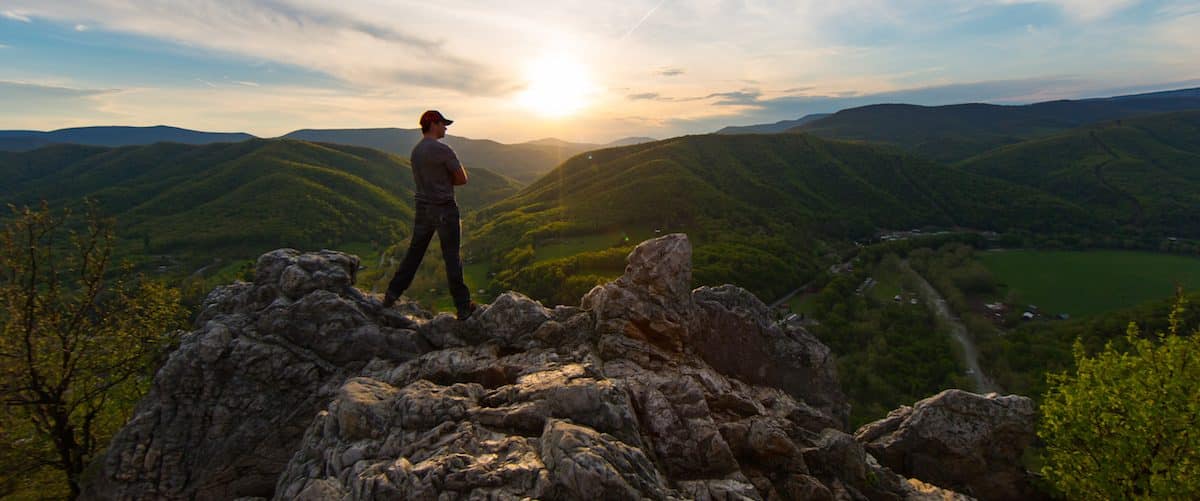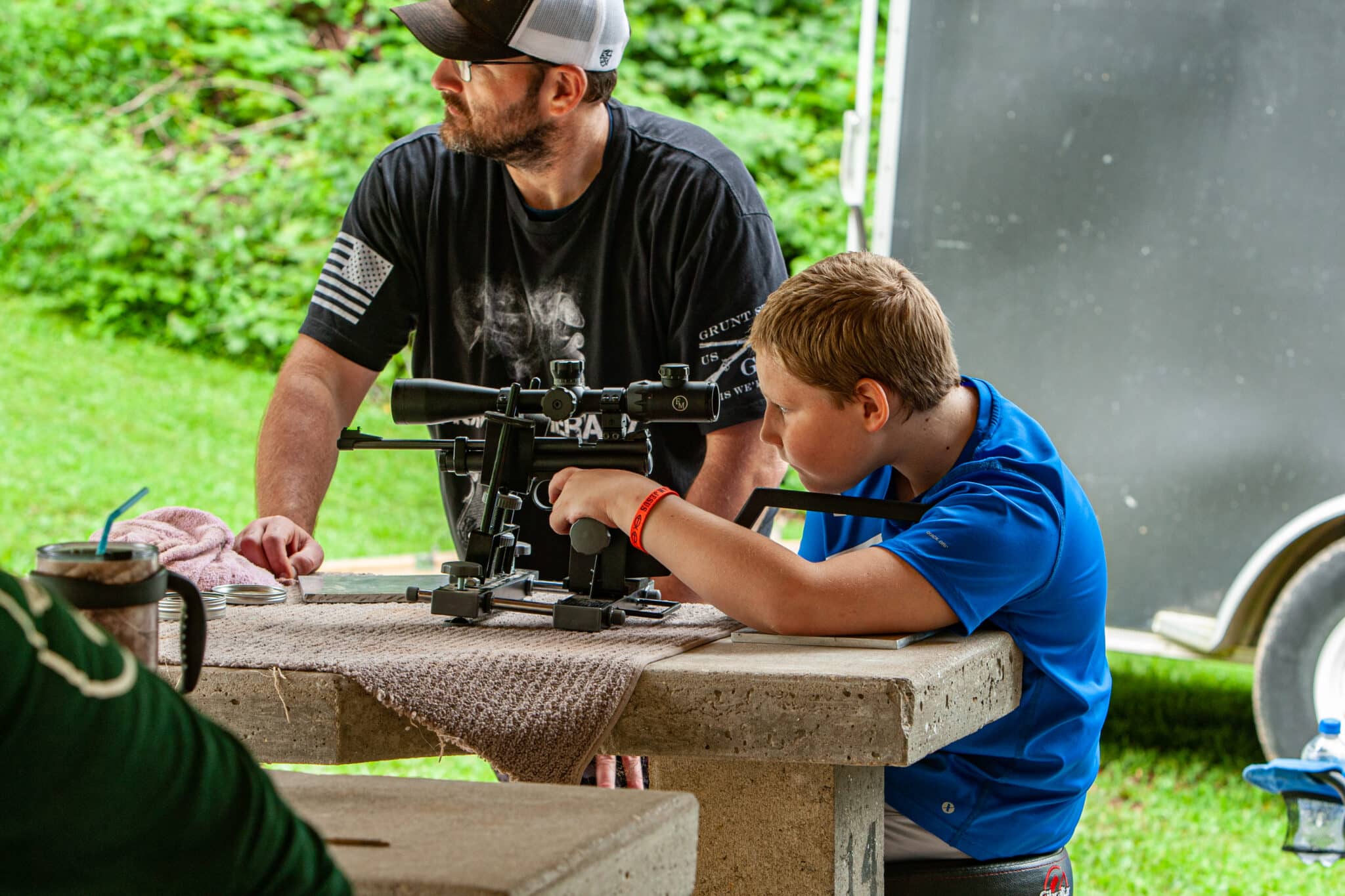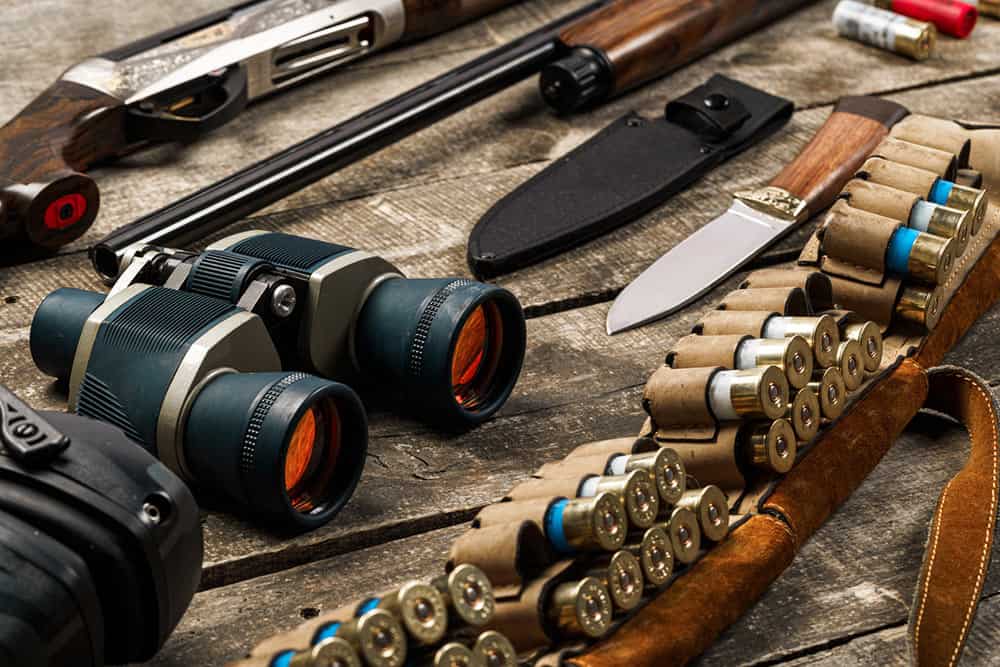Hard Data
Here are the up-to-date figures the two professors chose to ignore. Firearm and ammunition manufacturers have contributed over $14.7 billion since 1937 to the Wildlife Restoration Trust Fund, through the Federal Aid in Wildlife Restoration Act, commonly known as the Pittman-Robertson Act. Contributions were so great in recent years that the U.S. Fish and Wildlife Service announced $1.5 billion was apportioned to the states for the Wildlife and Sport Fish Restoration (WSFR) Program, of which the Wildlife Restoration Fund is part. Of that $1.5 billion, firearm and ammunition excise taxes contributed $1.1 billion. Those funds paid for the recovery of animal species including whitetail deer, Rocky Mountain elk, pronghorn antelope, wild turkeys, and migratory waterfowl. It has also aided in the recovery of animals that sportsmen and women don’t hunt, including the American bald eagle. The professors were also wrong in their assessment of how the NSSF-led Target Practice and Marksmanship Training Support Act works and what it will do for wildlife restoration. The two claimed that the law, also called the “Range Bill,” would siphon off money meant for wildlife conservation. In fact, money has always been available for states to construct new or improve existing public access gun ranges. The law, signed by President Donald Trump in 2019, made it more efficient for states to access those funds. Instead of a 25 percent match, states need only a 10 percent match to access 90 percent matching funds from USFWS’s WSFR funds. That enables more gun owners to safely practice firearm safety, to attend hunter safety classes to obtain hunting licenses, and, in turn, generate more funds to support wildfire conservation. The professors were correct in one aspect. The overwhelming majority, as high as 80 percent of Pittman-Robertson excise taxes paid by manufacturing, is tied to recreational target shooting. They’re wrong again, though, that hunting participation is down. The authors showed that there were 11.5 million licensed hunters in 2016, but data showed that hunting numbers by 2018 were already topping 15.6 million. That still didn’t include the bump in hunting participation brought on by COVID-19 restrictions. Nearly every state saw increases in hunting licenses sales, but full-year data for 2020 won’t be available until later this year. They also discounted the total of 38,854,259 hunting licenses, tags, permits, and stamps sold in 2020. That generated another $902,356,898 for wildlife conservation within the states.Law-Abiding
Here are a few more figures for the professor to crunch. In 2020, there were 21 million background checks for the sale of firearms. That included over 8.4 million people who purchased a firearm for the first time. In 2021, there were 18.5 million background checks for a gun sale, with over 5.4 million of them going to first-timers. Pew Research estimated at over 100 million Americans live in a household with a firearm, though that figure is likely low as many gun owners would self-select out of polling indicating their personal firearm ownership for privacy reasons. There are over 439 million lawfully-owned firearms in America today. Each one of those gun buyers was required to undergo an FBI National Instant Criminal Background Check System (NICS) verification to ensure they weren’t a person prohibited from possessing a firearm. That means they haven’t committed a felony that would preclude them from firearm ownership. That means they’re not criminals. The professors need to do more studying. The firearm industry doesn’t sell firearms to criminals. Criminal misuse of firearms doesn’t represent today’s law-abiding gun owner. Conservation is in good hands because of excise taxes paid by firearm and ammunition manufacturers. Higher education, though, is suspect with professors like these.About The National Shooting Sports Foundation NSSF is the trade association for the firearm industry. Its mission is to promote, protect and preserve hunting and shooting sports. Formed in 1961, NSSF has a membership of thousands of manufacturers, distributors, firearm retailers, shooting ranges, sportsmen’s organizations, and publishers nationwide. For more information, visit nssf.org





